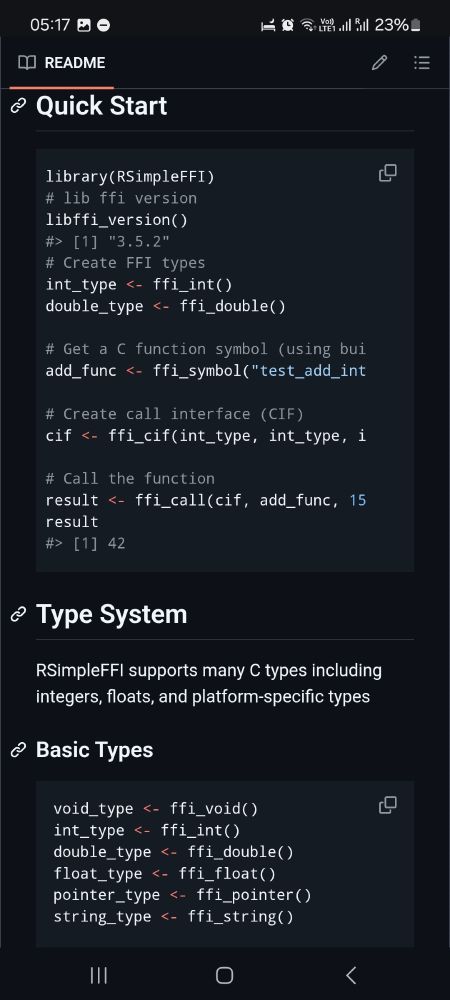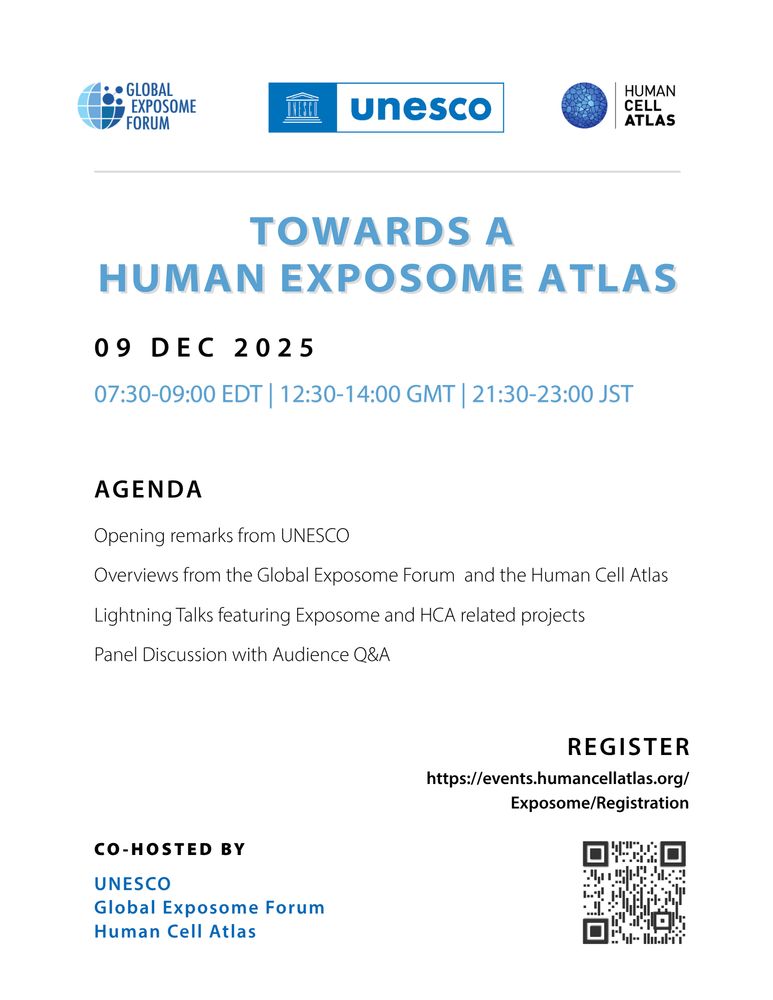Credit Pic : Cellular landscape cross-section through a eukaryotic cell, by Evan Ingersoll








github.com/sounkou-bioi...



github.com/sounkou-bioi...
With a #HealthResearch grant, @mariabernabeu.bsky.social uses analytical techniques and human 3D models of blood vessels to ⬆️ our understanding and test new therapies.
https://tinyurl.com/2vtjnwn6

Jarl is a CLI tool with extensions in VS Code, Positron, and Zed. It can check thousands of lines of R code in milliseconds.
Jarl provides several output formats, a Github Actions workflow, and more.
Blog post: www.etiennebacher.com/posts/2025-1...
Jarl is a CLI tool with extensions in VS Code, Positron, and Zed. It can check thousands of lines of R code in milliseconds.
Jarl provides several output formats, a Github Actions workflow, and more.
Blog post: www.etiennebacher.com/posts/2025-1...
My latest blog post shares these battle-tested configurations.
mickael.canouil.fr/posts/2025-1...
#Quarto #VSCode #Positron #Productivity #DataScience

My latest blog post shares these battle-tested configurations.
mickael.canouil.fr/posts/2025-1...
#Quarto #VSCode #Positron #Productivity #DataScience
🖥️ 🧬 #Exposome #Genomics #SingleCell

🖥️ 🧬 #Exposome #Genomics #SingleCell

How to be more accurate than humans at abstract screening tasks using several small open-weight LLM?
doi.org/10.1017/rsm....
We actually circumvented the "LLM lie and hallucinate" problem for simple text analysis tasks !!
Let me explain
⬇️1/8
How to be more accurate than humans at abstract screening tasks using several small open-weight LLM?
doi.org/10.1017/rsm....
We actually circumvented the "LLM lie and hallucinate" problem for simple text analysis tasks !!
Let me explain
⬇️1/8
github.com/sounkou-bioi...


github.com/sounkou-bioi...
do we have tools to respond to this idea from john chambers ?
""" If not, can the non-functionality be
parametrized... ? R
does not have organized support for such validity
investigations, but developing tools for the purpose
would be a worthwhile project."""
arxiv.org/pdf/1409.3531

do we have tools to respond to this idea from john chambers ?
""" If not, can the non-functionality be
parametrized... ? R
does not have organized support for such validity
investigations, but developing tools for the purpose
would be a worthwhile project."""
arxiv.org/pdf/1409.3531

- GCN
- GCN (generalized)
- GraphSAGE
- Aggregators
Development based on personal needs, ofc :)
#rstats
github.com/JosiahParry/...
- GCN
- GCN (generalized)
- GraphSAGE
- Aggregators
Development based on personal needs, ofc :)
#rstats
github.com/JosiahParry/...
Supported by #AWSOpen. https://www.wikipathways.org/index.php/Download_Pathways
#bioinformatics #openscience #opensource



Supported by #AWSOpen. https://www.wikipathways.org/index.php/Download_Pathways
#bioinformatics #openscience #opensource
I guess it also helps that you vibe code in a language with good baseline taste in the training sets like #Rstats of course (^_^)
I guess it also helps that you vibe code in a language with good baseline taste in the training sets like #Rstats of course (^_^)
mirai.r-lib.org
#Rstats

mirai.r-lib.org
#Rstats
youtu.be/ob_SQY4-YjQ?...
#RStats

youtu.be/ob_SQY4-YjQ?...
#RStats
Never saw it in the wild, but it looks like some CRAN packages use it (expectedly lot of these packages manage external processes)
github.com/search?q=org...
#Rstats
Never saw it in the wild, but it looks like some CRAN packages use it (expectedly lot of these packages manage external processes)
github.com/search?q=org...
#Rstats


